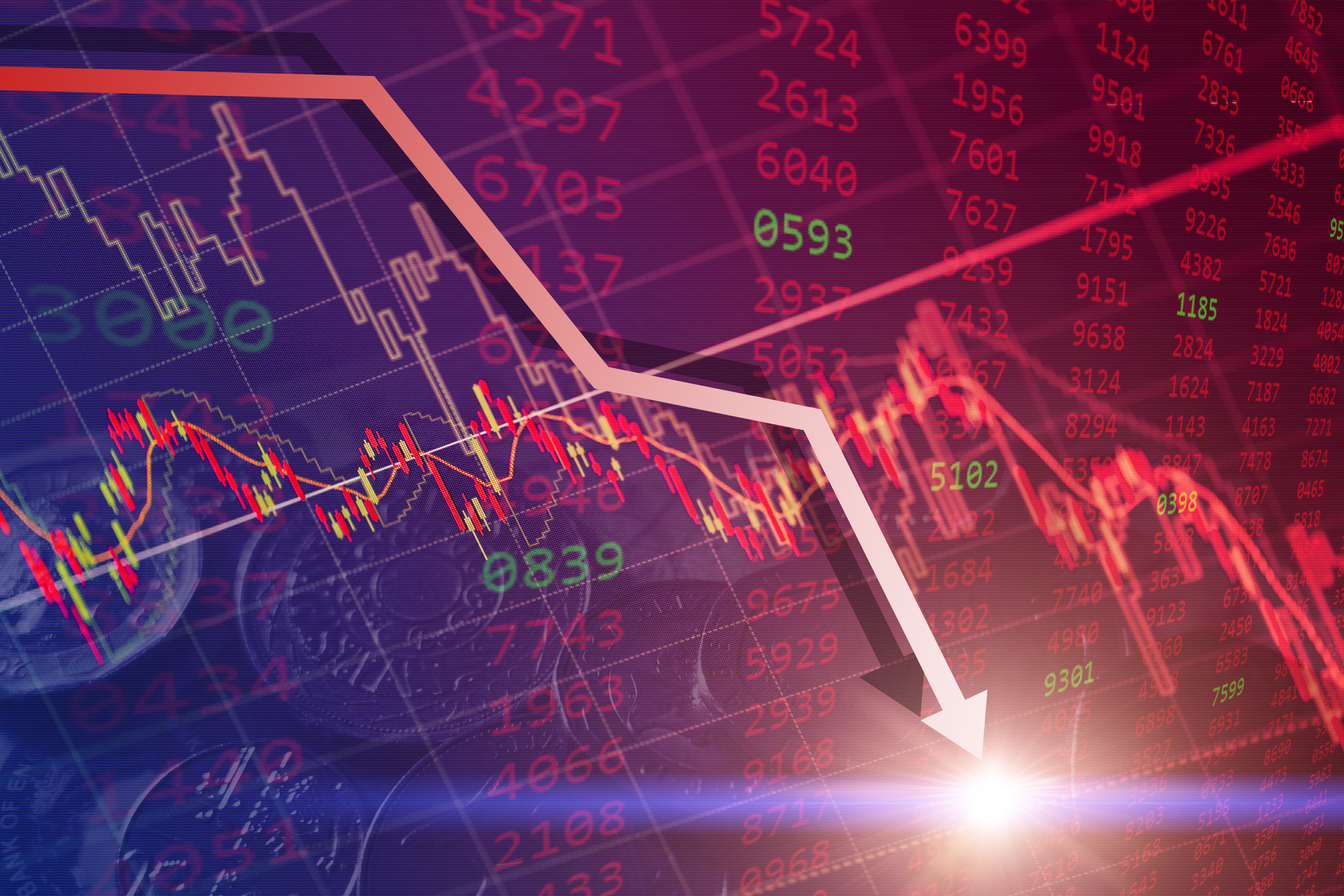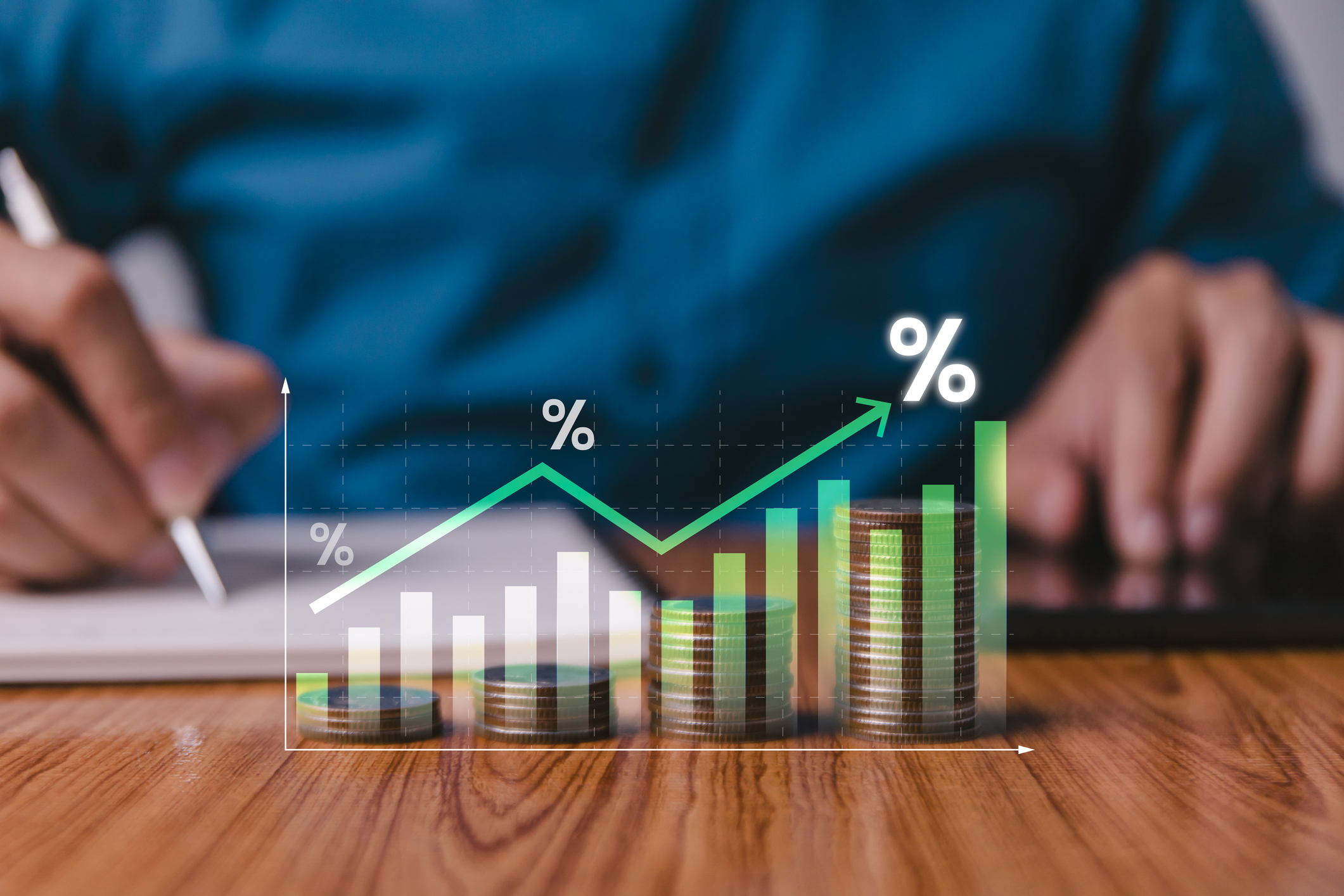When Is the Next CPI Report?
When does the next CPI report land and what inflation rate is expected?


"When is the next CPI report?" was a question no one was asking back in the days of 2% inflation readings.
However, the multi-week government shutdown delayed a host of official reports, and now federal agencies are scrambling to catch up. The November CPI report will land on December 18, according to a revised schedule from the Bureau of Labor Statistics. The October report, originally slated for November 13, has been cancelled.
If nothing else, market participants trying to guess the Federal Reserve's next policy move should be relieved that the inflation data is flowing again.
From just $107.88 $24.99 for Kiplinger Personal Finance
Become a smarter, better informed investor. Subscribe from just $107.88 $24.99, plus get up to 4 Special Issues

Sign up for Kiplinger’s Free Newsletters
Profit and prosper with the best of expert advice on investing, taxes, retirement, personal finance and more - straight to your e-mail.
Profit and prosper with the best of expert advice - straight to your e-mail.
For years after the Great Financial Crisis, no one was too concerned about when the next CPI report was due. Inflation, regardless of how the Fed measured it, remained below target for ages.
The CPI question regained new importance when inflation hit a four-decade high in 2022, prompting the Federal Reserve to embark on its most aggressive campaign of interest rate hikes since the late Carter and early Reagan administrations.
Though inflation peaked back in 2022, the implementation of price-raising tariffs and a mostly resilient labor market have made the central bank exceedingly careful about reducing the federal funds rate from its current range of 3.75% to 4.0%.
Ease too soon, the thinking goes, and inflation could resurface, forcing the Fed to pivot back to rate hikes. Abrupt policy changes do not redound to the central bank's credibility.
That's why the Consumer Price Index, or CPI report, has become one of the stars of the economic calendar.
Markets desperately want the Fed to make the cost of capital as cheap as possible. Lower rates today equal higher returns tomorrow. There's also the concern that elevated rates could cause the economy to fall into a recession.
This explains the market's obsession with the next CPI report. And the one after that, and the one after that.
What is the CPI report?
The CPI report is released monthly by the Bureau of Labor Statistics, based on price data collected over the course of the month.
Per the BLS, prices for the goods and services used to calculate the CPI are collected in 75 urban areas throughout the country and from about 23,000 retail and service establishments.
Data on rents are collected from about 50,000 landlords or tenants. The weight for an item is derived from reported expenditures on that item as estimated by the Consumer Expenditure Survey.
The CPI report is broken down into many subcategories, but the two main ones you'll hear most about on CPI day are headline CPI and core CPI.
The headline number is the main inflation gauge. Core CPI excludes volatile food and energy prices, and is considered to be a better predictor of future inflation.
The data are expressed as percent changes and are measured both year over year and month to month.
CPI vs PCE
Although the inflation data will certainly influence what the central bank does at the next Fed meeting, the CPI report is not the Fed's preferred inflation gauge. Rather, the Fed sets its long-term 2% target based on data contained in the Personal Consumption Expenditures Price Index.
While it's true the two barometers correlate closely, they measure inflation differently. As James Bullard, former president and chief executive officer of the Federal Reserve Bank of St. Louis, explains:
The FOMC focused on CPI inflation prior to 2000 but, after extensive analysis, changed to PCE inflation for three main reasons: The expenditure weights in the PCE can change as people substitute away from some goods and services toward others, the PCE includes more comprehensive coverage of goods and services, and historical PCE data can be revised (more than for seasonal factors only).
There's more, but the bottom line is that the Fed believes the PCE index has some critical advantages over CPI when it comes to formulating monetary policy.
That said, CPI is the better-known inflation gauge and is probably more relatable to what consumers experience in their daily lives.
Either way, the FOMC was quick to cut rates in late 2024 but held off lowering the federal funds rate in 2025 until its September meeting, when it issued a quarter-percentage-point rate cut. It cut again at its October meeting.
Amid worries of weakness in the labor market, the odds of a December rate cut stand at 85%, according to CME FedWatch, up from 50% a week ago. Note that the next Fed meeting will conclude on December 10, before the inflation data is published. In other words, policymakers won't have the November inflation data to inform their decision.
Whatever the next CPI report reveals, it will certainly factor into the market's calculus regarding the path of borrowing costs.
"The minutes from the last FOMC meeting that reported 'many' participants thought steady rates for the rest of the year are warranted," writes Robert Kavcic, senior economist at BMO Capital Markets. "Given the mess of missing/delayed data, it might be hard to change those opinions."
As for the next CPI report, the Federal Reserve Bank of Cleveland's forecast sees the CPI increasing 2.9% on an annual basis in November. Core CPI is likewise expected to rise 2.9% year-over-year. On a monthly basis, CPI is forecast to 0.3%, while core CPI is expected to rise at a cooler rate of 0.25%.
Related Content
Profit and prosper with the best of Kiplinger's advice on investing, taxes, retirement, personal finance and much more. Delivered daily. Enter your email in the box and click Sign Me Up.

Dan Burrows is Kiplinger's senior investing writer, having joined the publication full time in 2016.
A long-time financial journalist, Dan is a veteran of MarketWatch, CBS MoneyWatch, SmartMoney, InvestorPlace, DailyFinance and other tier 1 national publications. He has written for The Wall Street Journal, Bloomberg and Consumer Reports and his stories have appeared in the New York Daily News, the San Jose Mercury News and Investor's Business Daily, among many other outlets. As a senior writer at AOL's DailyFinance, Dan reported market news from the floor of the New York Stock Exchange.
Once upon a time – before his days as a financial reporter and assistant financial editor at legendary fashion trade paper Women's Wear Daily – Dan worked for Spy magazine, scribbled away at Time Inc. and contributed to Maxim magazine back when lad mags were a thing. He's also written for Esquire magazine's Dubious Achievements Awards.
In his current role at Kiplinger, Dan writes about markets and macroeconomics.
Dan holds a bachelor's degree from Oberlin College and a master's degree from Columbia University.
Disclosure: Dan does not trade individual stocks or securities. He is eternally long the U.S equity market, primarily through tax-advantaged accounts.
-
 I'm 73 and hate winter, but I can't afford to be a snowbird.
I'm 73 and hate winter, but I can't afford to be a snowbird.How can a snowbird wannabe warm up without the expense? We asked professional wealth planners for advice.
-
 5 Smart Things to Do With Your Year-End Bonus
5 Smart Things to Do With Your Year-End BonusAfter you indulge your urge to splurge on a treat, consider doing adult things with the extra cash, like paying down debt, but also setting up a "fun fund."
-
 Gen X Investors: Protect Your Portfolio From an AI Bubble
Gen X Investors: Protect Your Portfolio From an AI BubbleAmid talk of an AI bubble, what's the best course of action for investors in their 50s and 60s, whose retirement savings are at risk from major market declines?
-
 5 Smart Things to Do With Your Year-End Bonus, From a Financial Professional
5 Smart Things to Do With Your Year-End Bonus, From a Financial ProfessionalAfter you indulge your urge to splurge on a treat, consider doing adult things with the extra cash, like paying down debt, but also setting up a "fun fund."
-
 Are You a Gen X Investor? Here's How You Can Protect Your Portfolio From an AI Bubble
Are You a Gen X Investor? Here's How You Can Protect Your Portfolio From an AI BubbleAmid talk of an AI bubble, what's the best course of action for investors in their 50s and 60s, whose retirement savings are at risk from major market declines?
-
 Hey, Retirees: Put Your Charitable Gifts in a Donor-Advised Fund (and Enjoy Your Tax Break)
Hey, Retirees: Put Your Charitable Gifts in a Donor-Advised Fund (and Enjoy Your Tax Break)A donor-advised fund is a simple (really!), tax-smart strategy that lets you contribute a large, tax-deductible gift now and then distribute grants over time.
-
 Nasdaq Sinks 418 Points as Tech Chills: Stock Market Today
Nasdaq Sinks 418 Points as Tech Chills: Stock Market TodayInvestors, traders and speculators are growing cooler to the AI revolution as winter approaches.
-
 The Rule of Compounding: Why Time Is an Investor's Best Friend
The Rule of Compounding: Why Time Is an Investor's Best FriendDescribed as both a "miracle" and a "wonder," compound interest is simply a function of time.
-
 If You're a U.S. Retiree Living in Portugal, Your Tax Plan Needs a Post-NHR Strategy ASAP
If You're a U.S. Retiree Living in Portugal, Your Tax Plan Needs a Post-NHR Strategy ASAPWhen your 10-year Non-Habitual Resident tax break ends, you could see your tax rate soar. Take steps to plan for this change well before the NHR window closes.
-
 Stocks Chop as the Unemployment Rate Jumps: Stock Market Today
Stocks Chop as the Unemployment Rate Jumps: Stock Market TodayNovember job growth was stronger than expected, but sharp losses in October and a rising unemployment rate are worrying market participants.
-
 The Delayed November Jobs Report Is Out. Here's What It Means for the Fed and Rate Cuts
The Delayed November Jobs Report Is Out. Here's What It Means for the Fed and Rate CutsThe November jobs report came in higher than expected, although it still shows plenty of signs of weakness in the labor market.